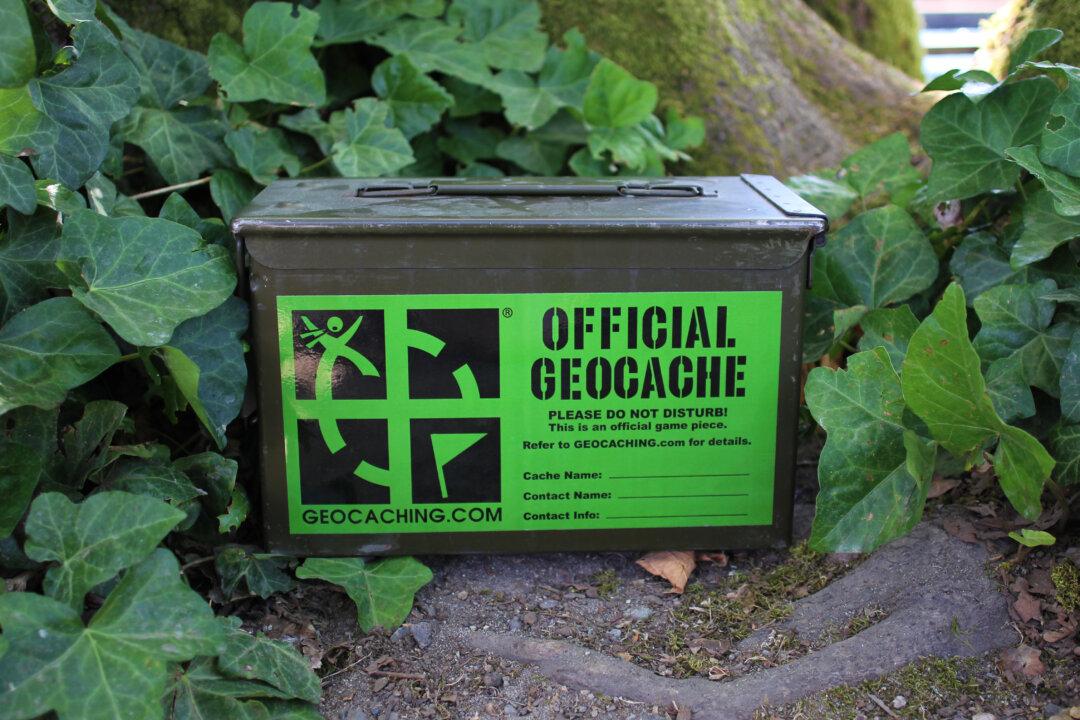In public spaces all over the world, there are over 3 million cleverly hidden containers just waiting to be found. They are part of the world’s largest treasure hunt, called geocaching.
To join in the fun, you can start by looking in your own neighborhood.





